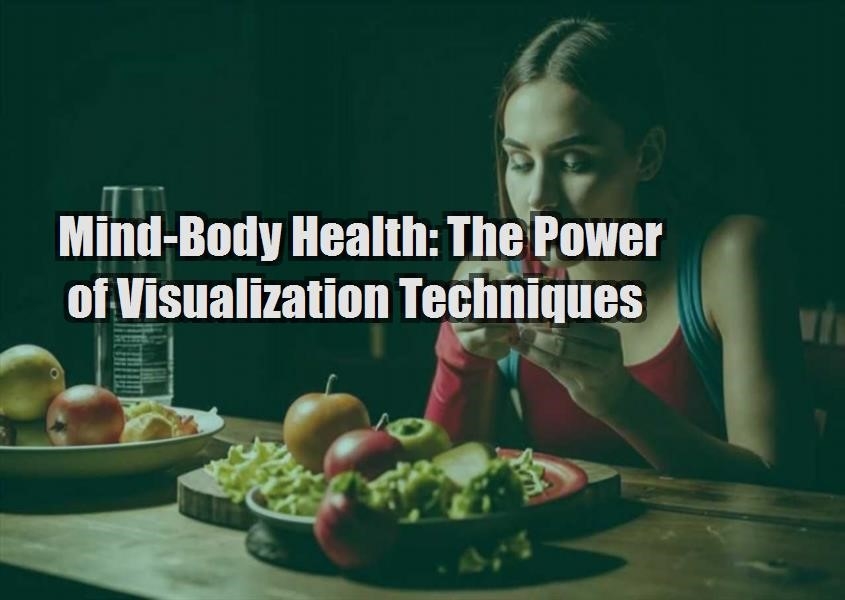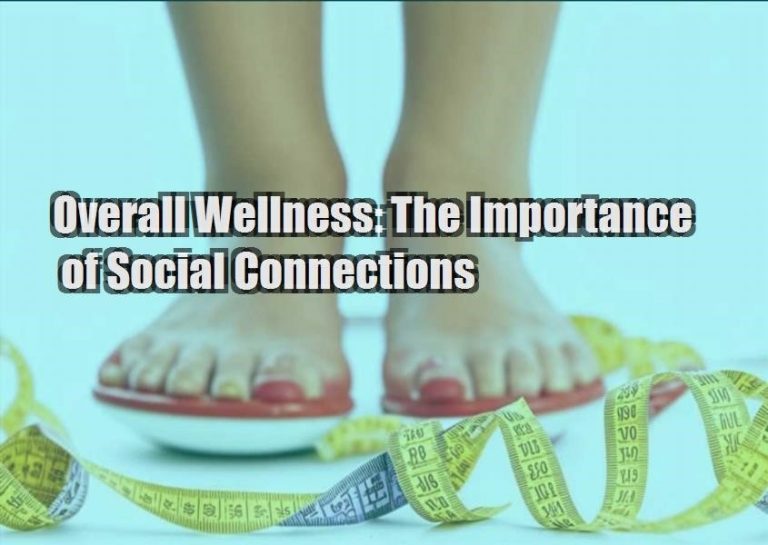The mind and body are inextricably linked, and research has consistently demonstrated the profound influence that mental processes can have on physical well-being. Visualization techniques, in particular, have emerged as a powerful tool for promoting mind-body health and enhancing overall well-being.
What is Visualization?
Visualization is the practice of creating mental images in the mind. It involves intentionally picturing a desired outcome, experience, or goal with vivid detail, as if it were already a reality. This process engages various cognitive and perceptual mechanisms, leading to a range of physiological and psychological benefits.
Benefits of Visualization Techniques
- Stress Reduction: Visualization can help reduce stress by calming the nervous system and promoting relaxation. Visualizing peaceful scenes or positive experiences activates the parasympathetic nervous system, which counteracts the effects of stress hormones like cortisol.
- Pain Management: Visualization has been shown to alleviate pain by altering pain perception and reducing the activity of pain-related brain regions. Engaging in guided visualization exercises that focus on visualizing positive sensations or reducing pain intensity can provide significant pain relief.
- Immune Function: Studies suggest that visualization techniques can enhance immune function. Visualizing the immune system fighting off infections or repairing damaged cells can strengthen the bodys natural defenses against disease.
- Sports Performance: Visualization is a widely used technique in sports to improve performance. Athletes visualize themselves executing perfect shots, running faster, or overcoming obstacles, which helps them develop muscle memory, increase confidence, and reduce anxiety.
- Mental Health: Visualization can benefit mental health conditions such as anxiety and depression. Visualizing positive outcomes or coping mechanisms can help manage negative thoughts and emotions, promoting emotional regulation and well-being.
How to Practice Visualization
- Find a quiet and comfortable place where you can relax and focus.
- Close your eyes and take a few deep breaths to calm your mind and body.
- Choose a specific goal, outcome, or experience that you desire.
- Begin visualizing as vividly as possible. Engage your senses and imagine the sights, sounds, smells, tastes, and feelings associated with your desired outcome.
- Focus on the positive and desirable aspects of the visualization.
- Practice regularly, ideally for at least 10-15 minutes each day.
- Be specific and detailed: The more specific and detailed your visualization, the more powerful it will be.
- Engage your senses: Incorporate as many sensory details as possible to make the visualization more immersive.
- Repeat and reinforce: Regular practice is essential for strengthening the mental pathways associated with visualization.
- Believe it: Have faith in the power of visualization and believe that it can positively impact your life.
Tips for Effective Visualization
Conclusion
Visualization techniques are a potent tool for unlocking the power of the mind to enhance mind-body health and well-being. By engaging in regular visualization practices, individuals can reduce stress, manage pain, strengthen their immune systems, improve sports performance, and support mental health. The benefits of visualization are scientifically substantiated and accessible to anyone who seeks to harness the power of their own mind for optimal well-being.







